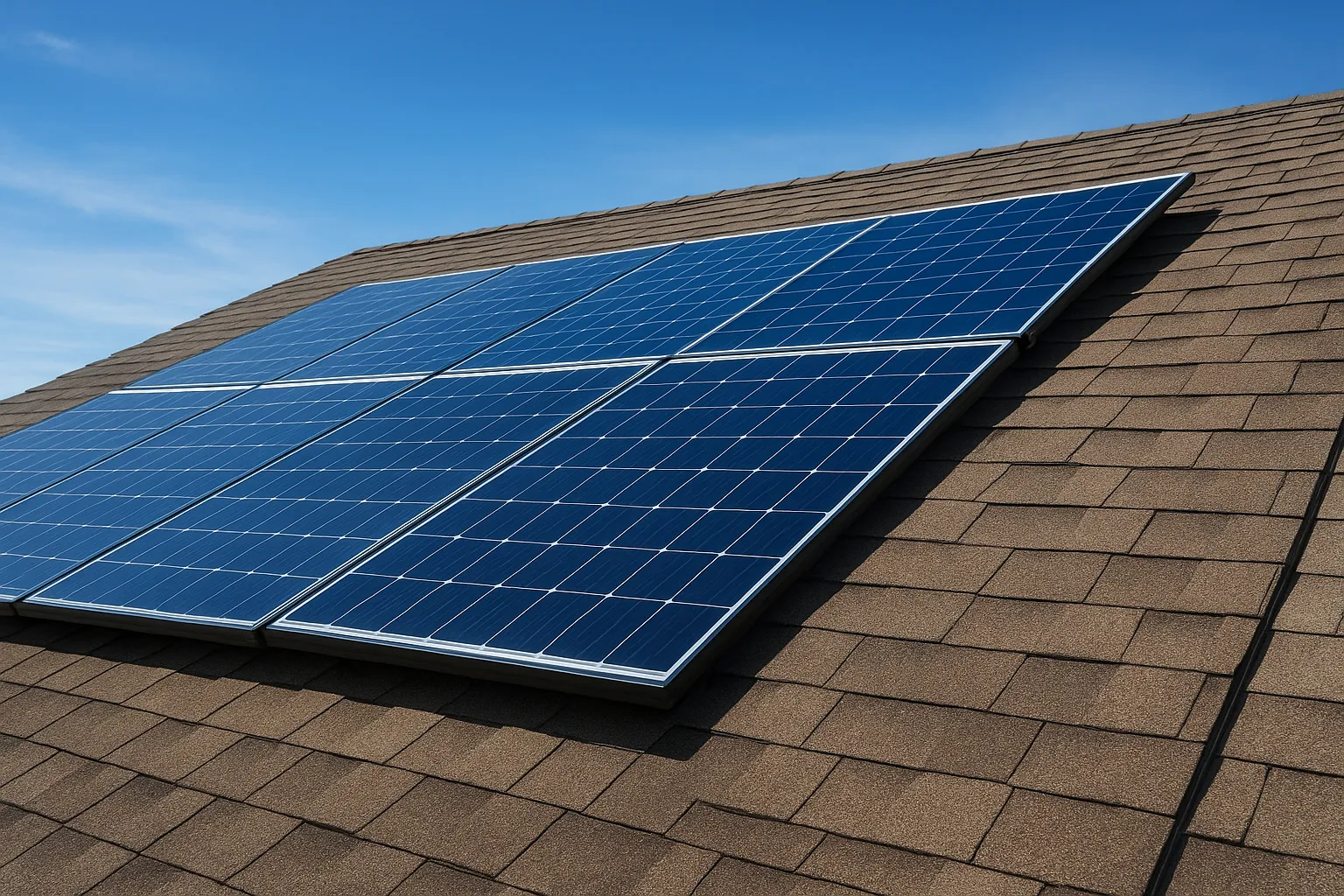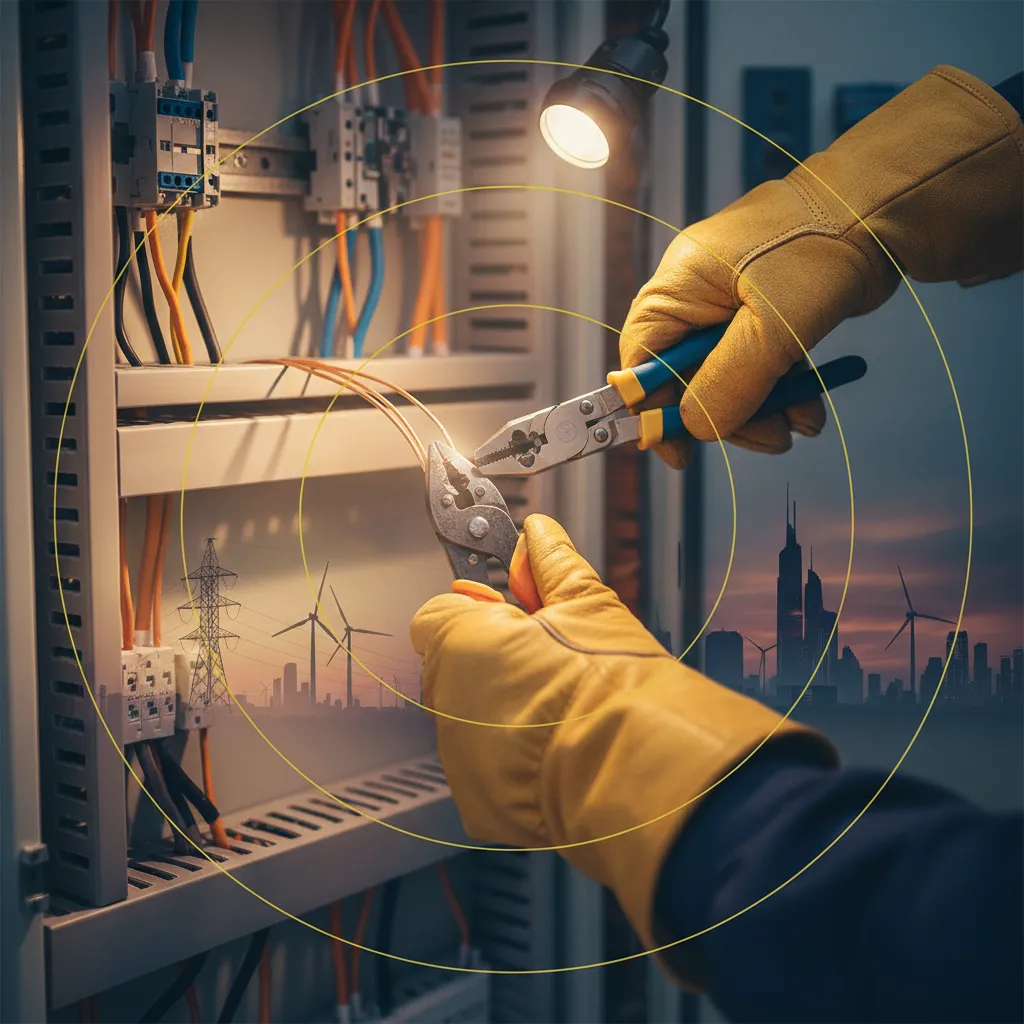Roofing and Solar Installation: Cost, Benefits, and What to Expect in 2025
The world of home improvement is evolving rapidly, with sustainability and efficiency at the forefront. In 2025, one of the biggest trends for homeowners is roofing and solar installation. Combining roof upgrades with solar energy not only boosts property value but also reduces long-term costs. However, understanding the expenses, benefits, and expectations is crucial before making such an investment.
This comprehensive guide explores the cost of roofing and solar installation, the long-term benefits, and what homeowners should expect in 2025. Whether you’re a first-time homeowner or looking to upgrade your existing house, this article provides practical insights for a smarter decision.

1. The Growing Importance of Roofing and Solar in 2025
The year 2025 marks a shift in how homeowners view energy and housing upgrades. With rising energy prices and growing climate awareness, roofing and solar systems are no longer luxuries but essential upgrades.
Why It Matters Now
- Energy efficiency has become a primary concern for households.
- Governments are offering new incentives and tax credits for solar adoption.
- Roofing materials in 2025 are more durable, sustainable, and compatible with solar technology.
Market Trends
By 2025, solar installations are projected to grow by 20% annually worldwide. Homeowners upgrading their roofs often choose to integrate solar at the same time, saving on installation costs and labor.
2. Understanding Roofing Costs in 2025
Replacing or upgrading a roof can be a significant investment. The cost varies depending on materials, location, and labor.
Common Roofing Materials and Prices
- Asphalt shingles: Affordable, averaging $4-$7 per square foot.
- Metal roofing: Durable, priced around $8-$15 per square foot.
- Tile roofing: Elegant but costly, from $12-$25 per square foot.
Factors That Affect Roofing Costs
- Size and slope of the roof.
- Removal of old roofing materials.
- Labor rates in your region.
- Additional features such as insulation or waterproofing.
A homeowner planning for solar should always check if their roof structure can support solar panels before replacing or upgrading.
3. Solar Installation Costs in 2025
While solar energy is more affordable than ever, costs can still be a concern.
Average Solar Costs
In 2025, the average cost of solar panels is between $2.20 and $3.00 per watt. For a typical U.S. home, a system may range between $12,000-$18,000 after incentives.
What’s Included in the Price
- Solar panels and inverters.
- Mounting hardware.
- Labor and permits.
- Optional storage batteries for energy independence.
Incentives and Rebates
Federal tax credits (up to 30%) and state-level rebates make solar even more attractive in 2025. Some utility companies also offer net metering programs, allowing homeowners to sell excess electricity back to the grid.
4. Why Combine Roofing and Solar Installation
Instead of treating roofing and solar as separate projects, combining them offers significant advantages.
Cost Savings
Installing both at once reduces labor expenses, prevents roof damage, and eliminates the need for future panel removal during a roof replacement.
Efficiency and Performance
Solar systems work best on durable, new roofs. Pairing both ensures longevity and better performance of your investment.
Long-Term Value
- Increases property resale value.
- Enhances curb appeal.
- Provides energy independence.
5. Financial Benefits of Roofing and Solar
Homeowners investing in roofing and solar see major long-term returns.
Lower Energy Bills
Solar panels can cut monthly electricity bills by 50%-90%, depending on system size and local sunlight.
Increased Property Value
Studies show homes with solar sell 20% faster and at a higher price than those without.
ROI in 2025
The return on investment (ROI) for roofing and solar is typically achieved within 7-10 years, making it one of the most efficient home upgrades available.
6. Environmental and Lifestyle Benefits
Beyond financial savings, roofing and solar installation bring lifestyle and environmental advantages.
Eco-Friendly Choice
- Reduces reliance on fossil fuels.
- Lowers carbon footprint significantly.
- Contributes to global sustainability goals.
Comfort and Reliability
- Modern roofing materials offer better insulation.
- Solar panels with battery storage ensure power reliability during outages.
7. What Homeowners Should Expect During Installation
Understanding the installation process helps avoid surprises.
Roofing Installation Steps
- Removal of old materials.
- Inspection of roof structure.
- Installation of new roofing materials.
- Waterproofing and finishing.
Solar Installation Steps
- Site inspection and roof evaluation.
- Panel placement and mounting.
- Electrical wiring and inverter setup.
- System testing and connection to the grid.
Timeline
- Roofing: 1-2 weeks.
- Solar installation: 2-5 days.
- Combined project: 2-3 weeks total.
8. Common Challenges and How to Overcome Them
Homeowners may face hurdles when combining roofing and solar.
Challenges
- High upfront costs.
- Structural limitations of older roofs.
- Navigating permits and regulations.
Solutions
- Explore financing options like solar loans or leases.
- Work with certified roofing and solar contractors.
- Check for government incentives early.
9. Future Trends in Roofing and Solar (2025 and Beyond)
Technology is evolving rapidly, shaping the future of roofing and solar systems.
Smart Roofing Materials
- Solar shingles that replace traditional panels.
- Reflective coatings for better energy efficiency.
Solar Innovation
- Higher efficiency panels (25%+).
- Integrated battery storage as a standard option.
- AI-based monitoring for energy optimization.
Home Integration
In 2025, more homes will integrate solar with smart home systems, creating automated energy savings.
10. How to Choose the Right Contractor
Selecting the right contractor is one of the most critical steps.
Tips for Choosing
- Look for certified roofing and solar installers.
- Ask for warranties on both roof and solar systems.
- Compare multiple quotes before deciding.
Red Flags
- Contractors unwilling to provide references.
- Prices far below market rates (may indicate poor quality).
- Lack of clear warranty details.
Conclusion
As we enter 2025, roofing and solar installation stand out as one of the smartest investments for homeowners. While upfront costs can be significant, the combination of lower energy bills, property value growth, and environmental benefits makes it worthwhile. By upgrading your roof and adding solar panels simultaneously, you ensure maximum efficiency, durability, and long-term success.
Investing in roofing and solar is not just about saving money-it’s about building a sustainable, future-ready home.











